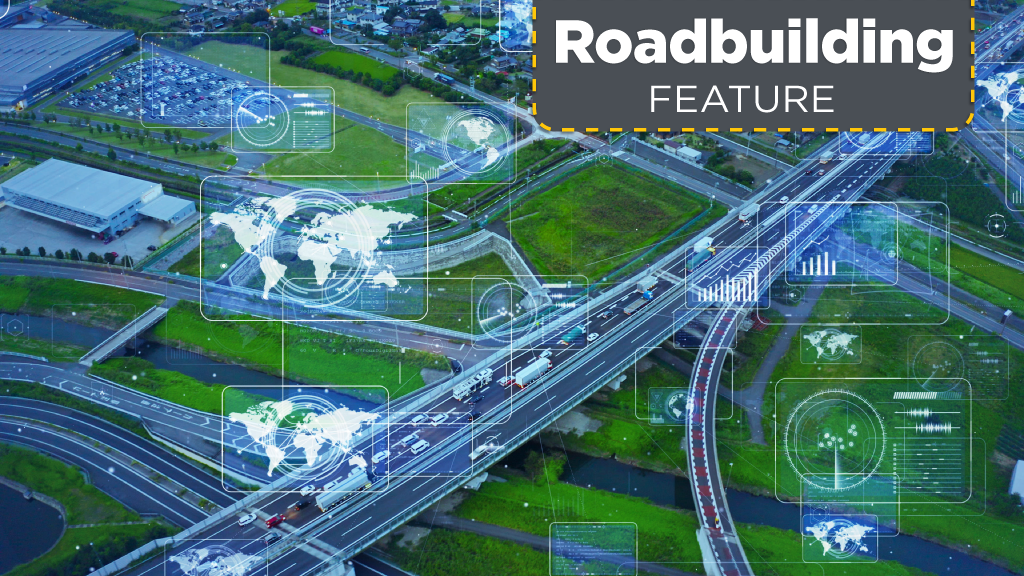The use of drone-collected data is evolving deeper into jobsite planning, turning dirt works into pay dirt as software is yielding more accurate bids, preventing jobsite over and undercutting and is even making it possible to integrate technology that automates the work path of equipment.
The construction industry still remains a late bloomer in using drone generation information to make jobs such as roadbuilding and civil projects easier.
“It was leading edge technology three, four or five years ago and it is mature technology now but the construction industry is still in the early adoption stage,” said SITECH Western Canada’s sales and operations manager Stantton Pallister.
He said the driver within construction companies, both large and small, has been younger individuals who are more open to new concepts.
“They are willing to champion new technology,” he said as the potential is being realized.
The latest innovation has been the ability to use information to automatically control equipment working on a site.
SITECH is the western Canadian representative for Trimble, an international software developer that uses drone information. In mid-February Trimble launched its new advanced path planning technology. As well, SITECH sells drones and provides training and repairs.
“This software-based technology gives Trimble end users and equipment manufacturers the ability to optimize and automate the trajectory, speed and overall path design of industrial equipment,” Trimble said in a press release.
Pallister said the new technology is a further integration of how traditional use of drone information obtained for programs such as construction grade design can be utilized to gain onsite efficiencies.
In the past, construction grade designs relied on surveyors manually staking out all the various elevations throughout the site. It was labour intensive and time consuming on large sites and could be dangerous on unstable ground.
These manually gathered points were placed into a software program and a design was generated which the operator viewed in a cab.
Drones changed data gathering.
“What used to take weeks can now only take minutes,” said Peter Gibbons, technical solutions architect for Finning in Western Canada.
Gibbons is the point person for advising contractors on how to integrate the technology into their equipment use, including retrofits.
He said gathering information by drone only requires surveys to place a limited amount of control or reference points on the ground. The fixed-wing Wingtra drone, designed for survey work, rapidly flies the area collecting visual and grade information.
Visual images and associated data are stitched together in the software program to provide an overview. The engineering design of the proposed highway or project is then overlaid onto the drone’s site map resulting in a grade control guide for the equipment operator, whose in-cab monitor will indicate over or undercutting on a project site.
Gibbons said the technology can be used for paving, excavating and dozing projects and even road-hauling where truck cycle times need evaluating. Having accurate measurements on a site can also impact fuel costs, the amount of equipment needed and time onsite.
In its release, Trimble said the new path planning option, available through Trimble Construction Cloud, can be loaded onto existing machine software.
Construction companies in the U.S. have also used drone technology with Zach Pieper, director of operations and co-owner of U.S. based Quantum Land Design, speaking on drone use at the upcoming CONEXPO-CON/AGG March 14 to 18 in Las Vegas.
Quantum specializes in taking drone captured site information and creating site plans for projects that can be used by contractors, engineers and land surveyors for machine control, grade checking, earthwork analysis and stockpile verification.
The How to Utilize Drones in Your Earthmoving Business education session at CONEXPO-CON/AGG will cover the basics of drones and the various types, application and the kinds of data drones can capture.
Pieper said as well as providing site planning, drone information can provide contractors with better information when bidding a contract.
“You know how much dirt has to be removed and how much to charge the customer,” he said, adding items such as downed timber volume in a pile can also be calculated.
“The second piece is measuring production.”
Additional flyovers can provide information on site work completed and billing.





Recent Comments
comments for this post are closed